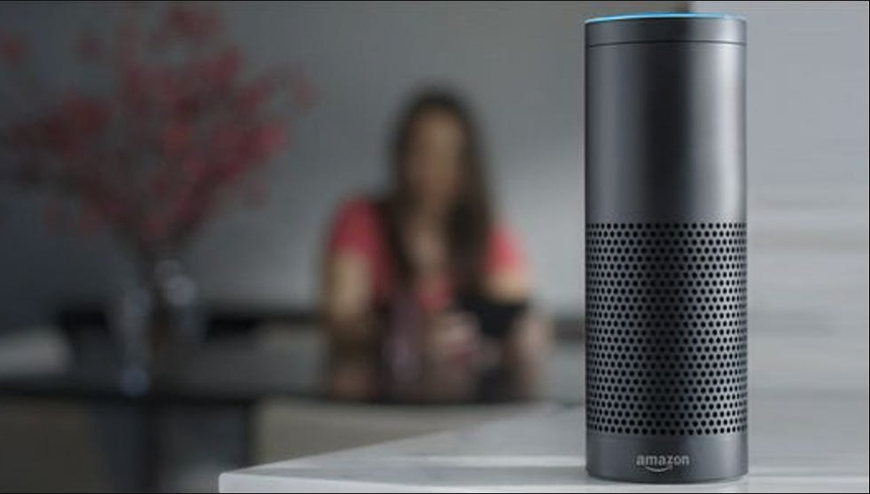Setting up your smart home
Step 1: Choose the devices that work best for you
Google Nest: Best for voice commands and accepts several dialects. It understands complicated commands or follow-up requests.
Amazon Alexa: Amazon’s Alexa boasts the widest range of compatible products. You can ask it anything, though its answers aren’t always as accurate as Google’s. Its devices are widely available and cheaper
Apple Home kit: Home Kit is the most restrictive of the three, but it’s still the best option for iPhone owners. Apple’s tighter control over third-party certification ensures smooth operation for supported devices.
Step 2: Choose a hub
You can control all your smart-home gadgets with your smartphone, whether it’s by talking to a respective assistant or using an app. However, we recommend having a mix of smart speakers and smart displays throughout the home so your assistant can always hear you.
Big smart-home brands offer easy compatibility with the major ecosystems. Philips Hue bulbs, for example, can be added directly from the Google Home or Apple Home apps. Unfortunately, this isn’t common. Most devices will require you to use a third-party app for the initial setup at the very least, and possibly also for configuration and control.
Step 3: Choose a good location
For any smart-home device, it’s important to find a suitable spot. They will likely need a power outlet and a decent Wi-Fi signal. You should also consider accessibility, especially if it’s a battery-powered device that’s going to require periodic charging. Never physically install anything like a security camera without testing the device in that spot first.
Take Note:
Smart-home devices might have microphones and cameras inside them, which can have implications for your privacy. There’s always a risk for security breaches, which can expose personal information or recordings stored in the cloud. Always read the manufacturer’s privacy policy and make sure you’re comfortable with how they use your data. It’s also a good idea to do some research on smart-home device manufacturers to see if they’ve been a part of any recent hacks or issues.
